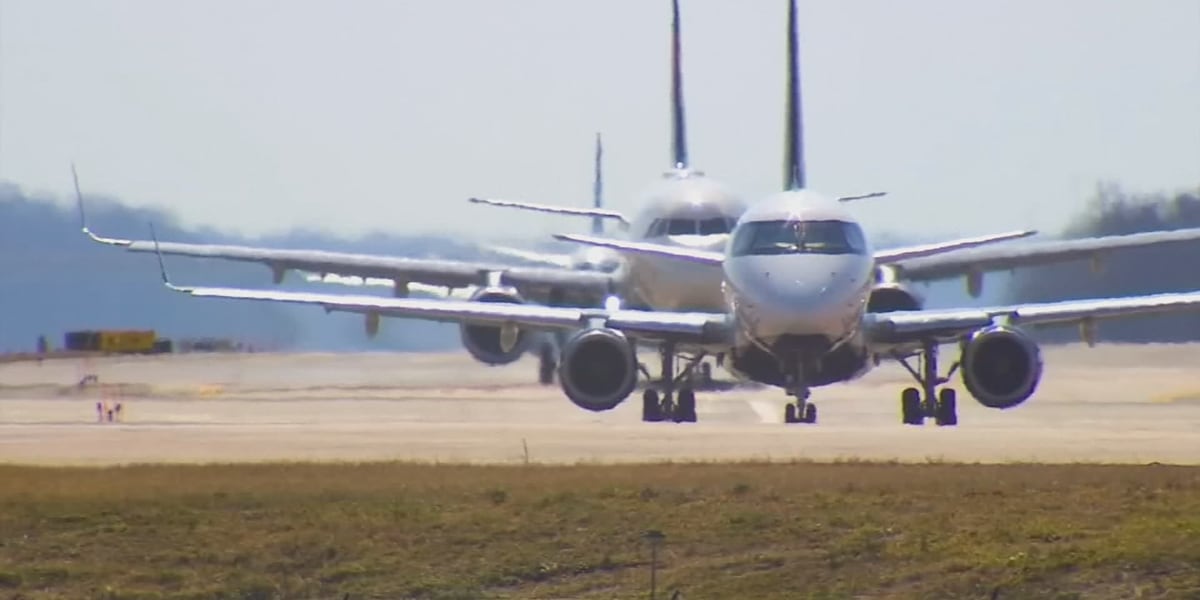
LOUISVILLE, Ky. (WAVE) – Could a changing climate make air travel more difficult? So far, the answer has been yes.
Hotter temperatures can make it harder for planes to take off. Air becomes less dense as the thermometer rises, forcing an aircraft to generate more lift to take off. If temperatures are high enough, there may not be enough runway available at certain airports to achieve the speed necessary for liftoff.
Once the temperature rises above 100°F, the tarmac can soften, causing airplane wheels to get stuck (this happened in 2012 at Ronald Reagan Washington National Airport).
Cold weather leads to another set of challenges. Extreme cold causes an aircraft’s different metals to contract at varying rates. Cold temperatures can cause rubber and plastic parts to become brittle, while lubricants are no longer effective. Once ice and snow accumulate or accrete on wings, lift is difficult to generate; anti-freeze and de-icing protocols are vital to limiting this but can cause delays.
Turbulence is another potential threat to airlines. Wind shear is a change in wind speed or direction with height. An increase in wind shear above 15,000 feet and within a jet stream can lead to turbulence. Since 1979, wind shear within the upper-level jet stream over the North Atlantic has increased by 15 percent.
While turbulence is often associated with storms (which pilots are trained to avoid), clear-air turbulence is also an issue. It is invisible and not detectable by radar, so pilots often only know it’s there once it causes a problem. Planes can withstand turbulence well, but humans inside the aircraft can’t. Turbulence caused one-third of injuries on aircraft from 2009 to 2018, according to the US National Transportation Safety Board. The Federal Aviation Administration said only 34 domestic passengers and 129 crew had “serious turbulence injuries” between 2009 and 2022. These only covers the most serious situations; general turbulence injuries are not tracked by the FAA.
By 2050, the amount of reported clear-air turbulence is expected to double while the strength of that turbulence is expected to increase 10 to 40% by this time. Severe turbulence could also become two to three times more likely at cruising altitude.
Shifts in the jet stream and overall wind patterns can alter the length of flights. Stronger easterly winds (including in the jet stream) can shorten flights from the US to Europe while slowing down return flights west. The jet stream fluctuations could lead to rerouted flights, lead to more fuel burning and potential refueling, and push the costs of trips higher.
Copyright 2023 WAVE. All rights reserved.
